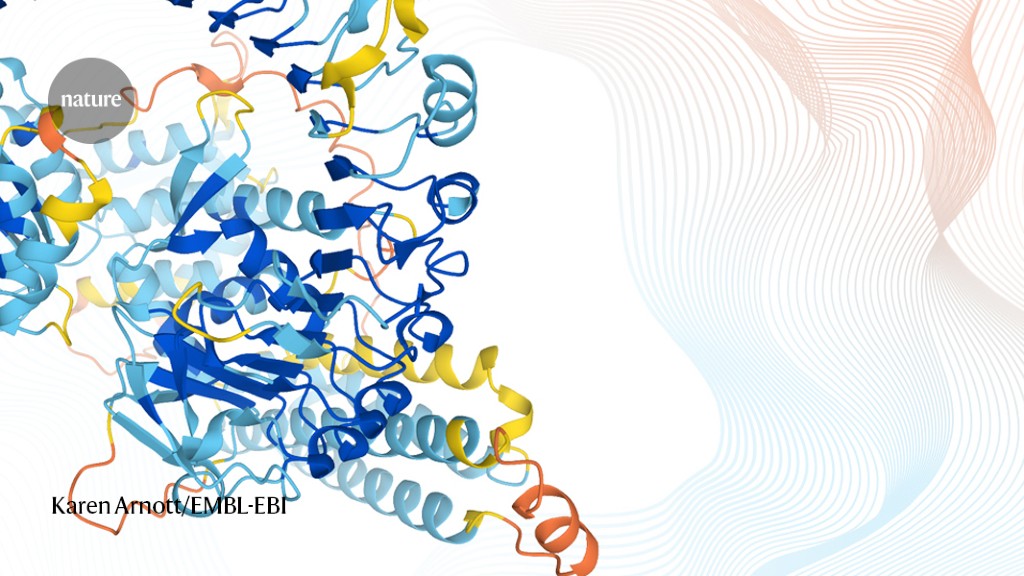
Before AI, structure prediction from sequence was an intensely time-consuming, not to say labour-intensive, process with little guarantee of getting an accurate result.
But the AI tools can accurately predict protein structures in minutes to hours — compared with the months, or years, that it used to take to determine the structure of just one or two proteins.
Read the paper: Highly accurate protein structure prediction for the human proteome.Last week’s breakthrough depended not just on the sharing of open data, but on advances in fundamental science and technology.One involves piecing together the structures of proteins by understanding the underlying physical forces.
Another attempts to predict the shapes by making comparisons with closely related proteins, using an organism’s evolutionary history.
Although AI in science and technology is good at producing accurate results, it doesn’t (at least for now) explain how, or why, those results happened.
But there is still work to be done to unlock the science — the essential biology, chemistry and physics — of how and why proteins fold?
The human genome’s first draft was the result of a race.Solving protein folding has also benefited from a kind of competition — an annual event called the Critical Assessment of Protein Structure Prediction (or CASP), which has been essential to getting a result.
Read the paper: Highly accurate protein structure prediction with AlphaFold.An essential round-up of science news, opinion and analysis, delivered to your inbox every weekdayAn essential round-up of science news, opinion and analysis, delivered to your inbox every weekday